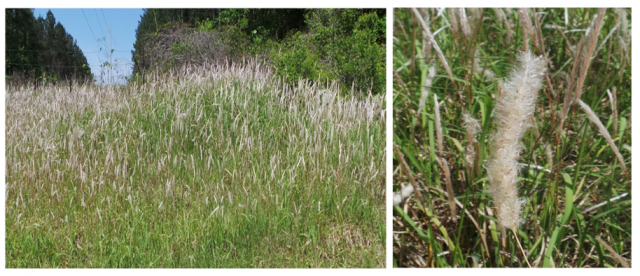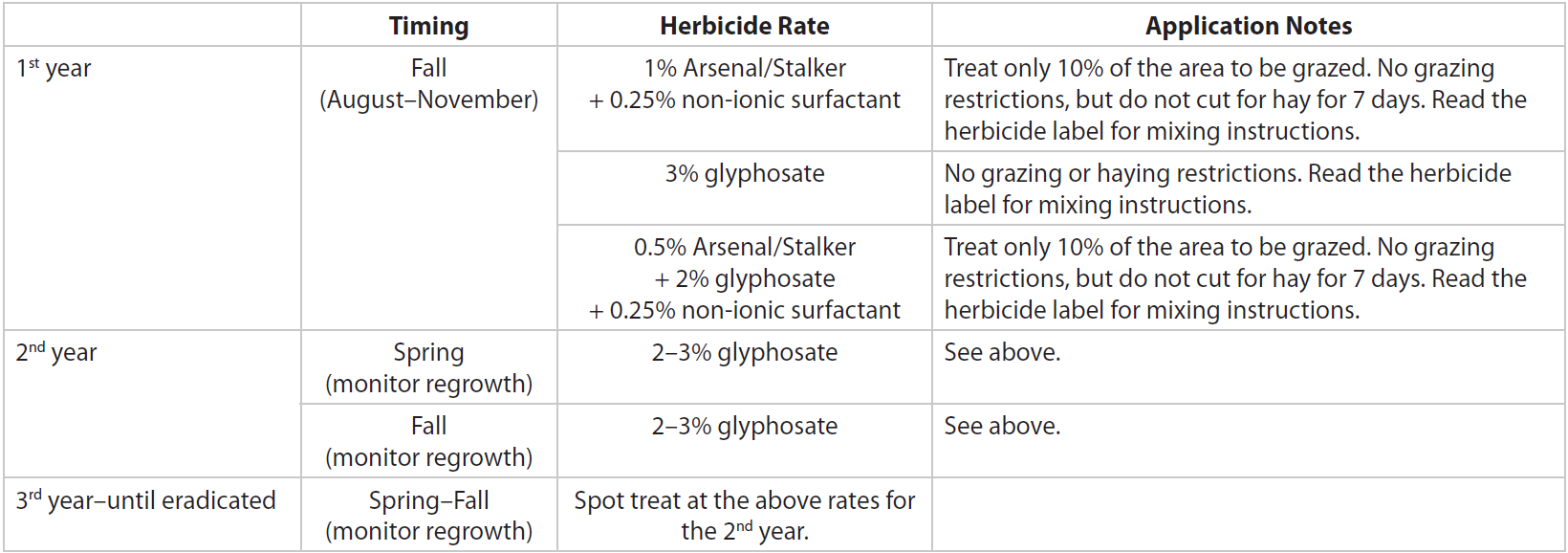A recent increase in the spread of cogongrass has landowners scrambling to find ways to stop this invasive plant. There are ways to combat cogongrass, with positive identification and persistent treatment being paramount.

Cogongrass (Imperata cylindrica) is found all over the world. In the U.S, it is primarily found in the southeast. Cogongrass was purposely introduced as a soil stabilizer for pasture lands in Florida during the 1930’s and 1940’s. It wasn’t long before ranchers and agricultural scientists realized that cogongrass was an invasive species. Once established, cogongrass has the ability to overrun a pasture to the point that it will become the dominant plant species. It’s a perennial grass with a vast, ever expanding root system. This grass can grow in any soil type and is drought tolerant. Therefore, it thrives no matter how poor the soil environment. The major concern with cogongrass is its ability to alter and eliminate native plant habitat.
Cogongrass can be confused with other grasses, like switchgrass. This is especially possible early in the year before the bloom. To identify cogongrass, first investigate the growing pattern. Cogongrass usually infiltrates an area in patches. As shown in figure 1, the grass blades are flat and have a defining white mid-rib. Blade edges are finely serrated, yellow to green in color and are uneven in width on each side of the mid-rib. The root system has a distinct “toothpick” root shoot that points upwards. As shown in figure 2, the seed head is fluffy, white, and feather shaped. The seed head can alarmingly yield 3,000 seeds per head.

The pest management strategy that has been most successful for cogongrass eradication consists of multiple types of herbicides sprayed over multiple year applications, with follow-up spot treatments. Prescribe burning can also be used in concert as an integrated approach. The following table provides treatment recommendations for cogongrass in grazing lands.
Please note the following precautions, however, when using Imazapyr (Arsenal/Stalker):
- Imazapyr will severely injure or kill non-target species such as Bermudagrass, Bahiagrass and hard wood trees.
- It has a long soil half-life and will remain in the soil months after application.
- Because of its soil persistence, Imazapyr can also move down slope during rainfall events, killing or injuring other non-target plants.
- Oaks and other hardwood trees are especially sensitive to Imazapyr.
- Imazapyr can only be used as a “spot-treatment” with no more than 10% of the pasture area treated per year.

The total expense for control efforts can be daunting to the landowner. Fortunately, the Florida Forest Service will soon be implementing a Cogongrass Treatment Cost-Share Program. This program will be administered by the Florida Department of Agriculture and Consumer Services, Florida Forest Service, which is funded through a USDA Forest Service grant. The program offers up to a 50% reimbursement towards the cost of approved herbicide treatments on non-industrial private land over a 2-year period. The Florida Forest Service will soon be accepting applications. For more information, please contact your County Forester, or contact your local county extension office.
Supporting information for this article can be found in the UF/IFAS EDIS publication:
Cogongrass (Imperata cylindrica) Biology, Ecology, and Management in Florida Grazing Lands by B. A. Sellers, J. A. Ferrell, G. E. MacDonald, K. A. Langeland, and S. L. Flory
 0
0
